Payments Drivers, Innovation and Demographics
Every year at RFI Global we run a payments diary project in which we ask 1,000 Australian adults to record all of their transactions over the course of a non-descript week in May. We’ve been doing this for more than ten years, which gives us some great longitudinal data trends.
I always look forward to the data coming out as it’s a fascinating insight into the way that Australians are changing their behaviour when it comes to payments. One of the things I find most interesting is the juxtaposition of the impact of technology and innovation with changing demographics and I thought I’d focus on that for this month’s article.
Credit cards – we use them more, but fewer use them…..
One of the trends I’ve had my eye on relates to credit cards and the extent to which we are using them. RFI’s data agrees with the RBA data and shows that the number of credit card accounts is going down as the proportion of Australians with a credit card reduces.
If we look at the beginning of 2018 the RBA tells us that there were 21.84m credit cards on issue in Australia. A number that had fallen to 16.1m by June 2022 and has remained fairly consistent ever since (as of May 2023 there are 16.1m cards on issue).
Similarly, RFI’s data shows that at the beginning of 2018 67% of adults had a credit or charge card, where now just 58% have one in their possession.

The good news for credit cards is that despite this decline in the number of cards and the proportion of people that hold one, is that the number of credit card transactions is growing, meaning that we’re spending more frequently on fewer cards. If we look over the same period of time (2018-2023), then we can see that the average number of monthly purchases per card rose from 11.2 in January 2018 by a massive 75% to 19.6 in May 2023. There may be fewer of us using credit cards, but we’re certainly becoming more attached to them.
Cash – a victim of demographics
At the same time of course we’ve seen a reduction in the usage of cash. To quantify that, in 2014 84% of Australian said that they used cash in a typical month. In 2023, that % has fallen to 51% and among the under 35’s it’s around 40%.
We saw a precipitous drop in typical monthly cash usage in 2020 during the onset of the pandemic from 80% to 70%, followed by stabilisation in 2021, which begged the question of whether it was a Covid blip.
However, subsequent falls in typical monthly usage in 2022 and 2023 to 59% and 51% have put that theory to bed.
Another measure that we capture is the volume of all purchase transactions accounted for by cash, which is holding fairly steady over 2022 and 2023 at 17% (10% for the under 25’s and 14% for the 25-35’s).
Cash is certainly in decline, but with more than half the population still using it each month, it is not yet dead.

I suspect that the cash trend in the future will be driven by demographics and acceptance, rather than by innovation. I say this because the reasons consumers continue to use cash are more often than not driven by habit and circumstance. It is hard to innovate those two things away and so, as a generation of consumers that doesn’t have these cash habits matures, usage will necessarily decline.
Debit – discount it at your peril
If fewer people are using credit cards and cash, then it stands to reason that our purchases must be migrating. We certainly aren’t making fewer transaction or spending less than we did in the past. And of course, the big winner is the debit card. Together we make nearly 1 billion debit card purchases per month – this has increased by 90% from 11.0 per card per month to 20.9.
RFI’s Payments Diary backs this up. Over the time we’ve been running the study, we’ve seen debit grow from just 18% of transactions recorded, to more than 40% (43% in 2023).

Again, we have demographics at play. Innovation has not caused a shift in usage from credit to debit. Instead, younger consumers are using debit in place of credit. I’ve covered this in previous articles, but the crux of it is that these younger consumers have not had to use credit cards for card-not-present (CNP) purchases as scheme debit cards have always been available for them. This is in contrast to older generations for whom credit cards were often the only way to purchase goods and services in these CNP scenarios.
What does the future have in store? (Pun intended)
So what of the future? What roles will innovation and demographics play in the unfolding payments landscape?
If we look at the predominant consumer technology innovation currently in market, it centres on the mobile wallet. And it’s definitely making inroads. Our data shows that as of March 2023, almost one in two consumers (45%) has used a mobile wallet, up from 18% in 2019.

So is this an innovation driven trend? Admittedly, without the innovation, the opportunity to use mobile wallets wouldn’t exist, but when the technology is available to (almost) everyone, the fact that only 21% of over 55’s has used it, compared to 79% of under 25’s, then I have to conclude that it is demographics that are driving the trend to a greater extent.
And of course this usage of mobile wallets is impacting on the way we pay with our cards. In our payments diary we ask consumers to capture whether they are dipping and chipping, tapping or “mobile devicing” when they are in an in-person payments scenario.

The trend doesn’t show anything that you wouldn’t expect, but it does show the direction of behaviour. Mobile payments now account for 17% of the volume of card transactions recorded in our diary study, up from 12% in 2022. Meanwhile, contactless card payments have had their heyday in 2020 at 81% and are now declining in share to 71% in 2023. Driven, as we saw before by younger mobile wallet users.
And so to the future and the battle for your transactions between credit, debit and cash. Our data forecasting suggests that debit and credit will continue to grow share at the expense of cash, with debit the big winner. By 2026 we expect that almost 1 in 2 consumer purchases (49%) will be debit-backed, with credit also growing its share to 27% – all at the expense of cash, which will hang on with 12% of transactions.
When will we see cash go to zero? I go back to demographics for my answer. When the people that habitually use cash are no longer purchasing and when merchants no longer accept cash, we will see this happen. A shorter answer would be…. Not soon.

Get in touch for more insights.
Subscribe to get the latest RFI data and insights.
About the Author
Alan Shields is the co-founder and a director at RFI Global, he oversees the design, roll-out and delivery of syndication and custom products to RFI Global’s clients globally. Alan has more than 20 years’ experience in research analysis and has spent his entire career focused on financial services across the globe including Europe, North America, the Middle East and Asia Pacific.
He has worked on syndicated and bespoke projects with every bank in Australia and New Zealand, with most major banks in the Asia Pacific region, as well as the major global banks. Prior to setting up RFI Global in 2006, Alan was Head of Financial Services – Asia Pacific at global research firm, Datamonitor, establishing Datamonitor’s financial services business in the Asia Pacific region in 2004, after relocating to Sydney from London. Alan began his career with Reuters in London as a financial services consultant, where he worked on the Nasdaq Europe project before moving to Singapore and focusing on wealth and risk management in the region. He is a regular speaker at thought leadership events across the US, Canada, Europe, Asia and Australia and authors regular articles on the latest global consumer banking trends.
He has a Bachelor of Science Degree in Physics from the University of Birmingham and studied his License de Physique at the Universite de Bordeaux I.






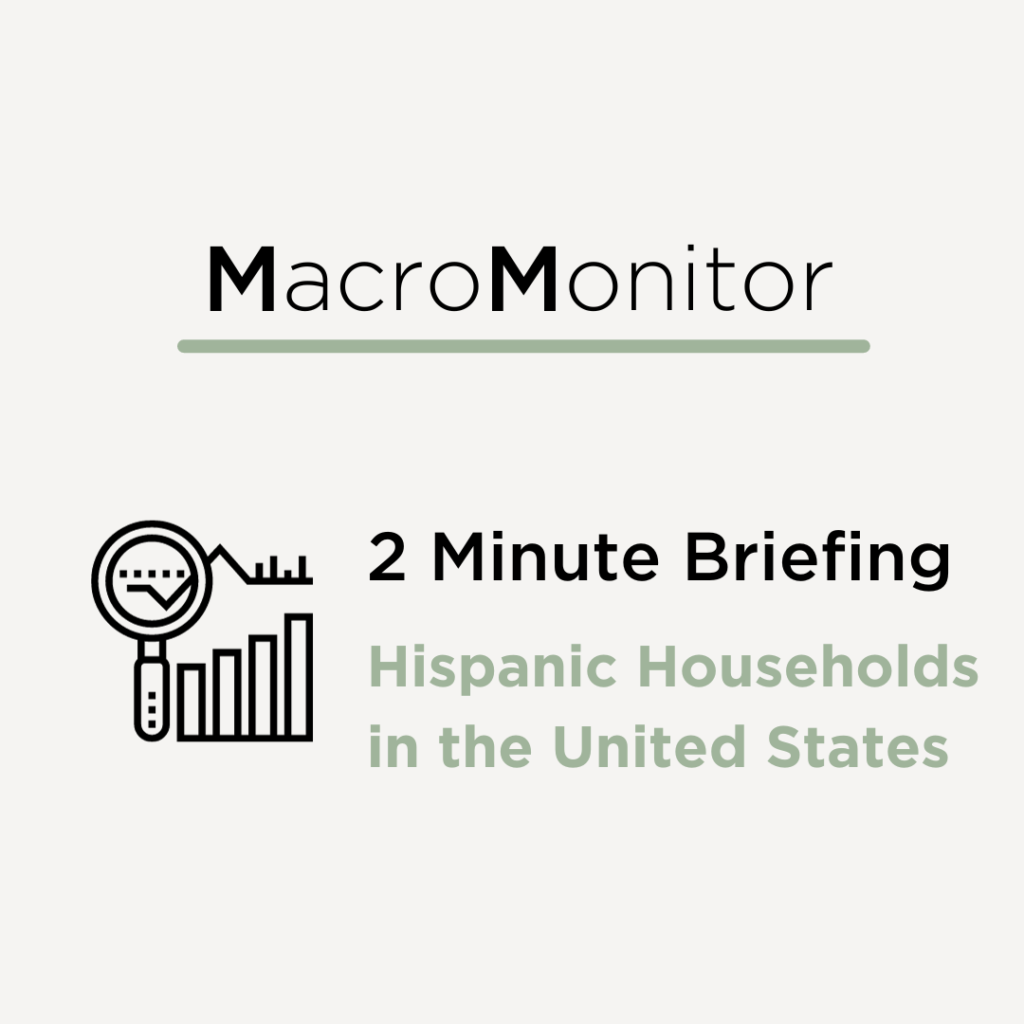













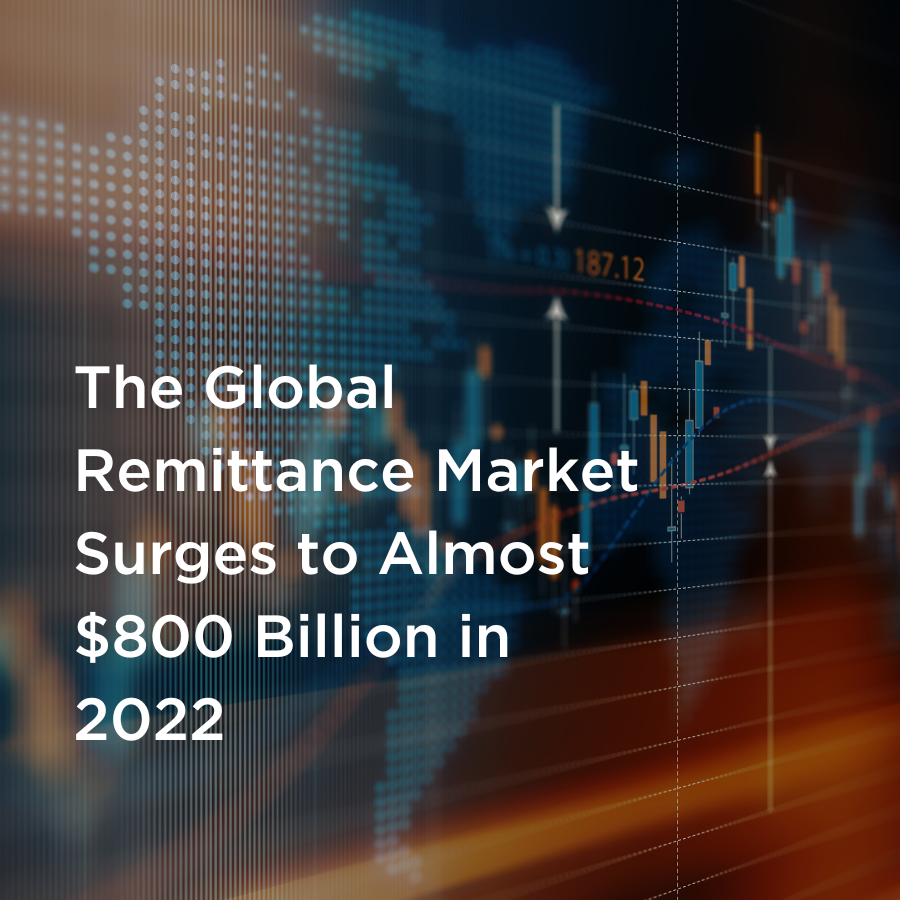














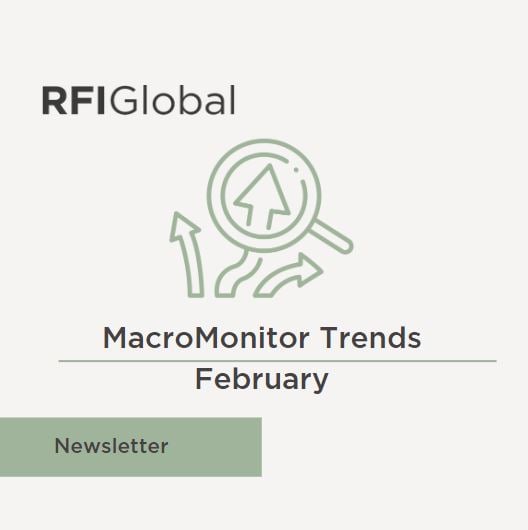


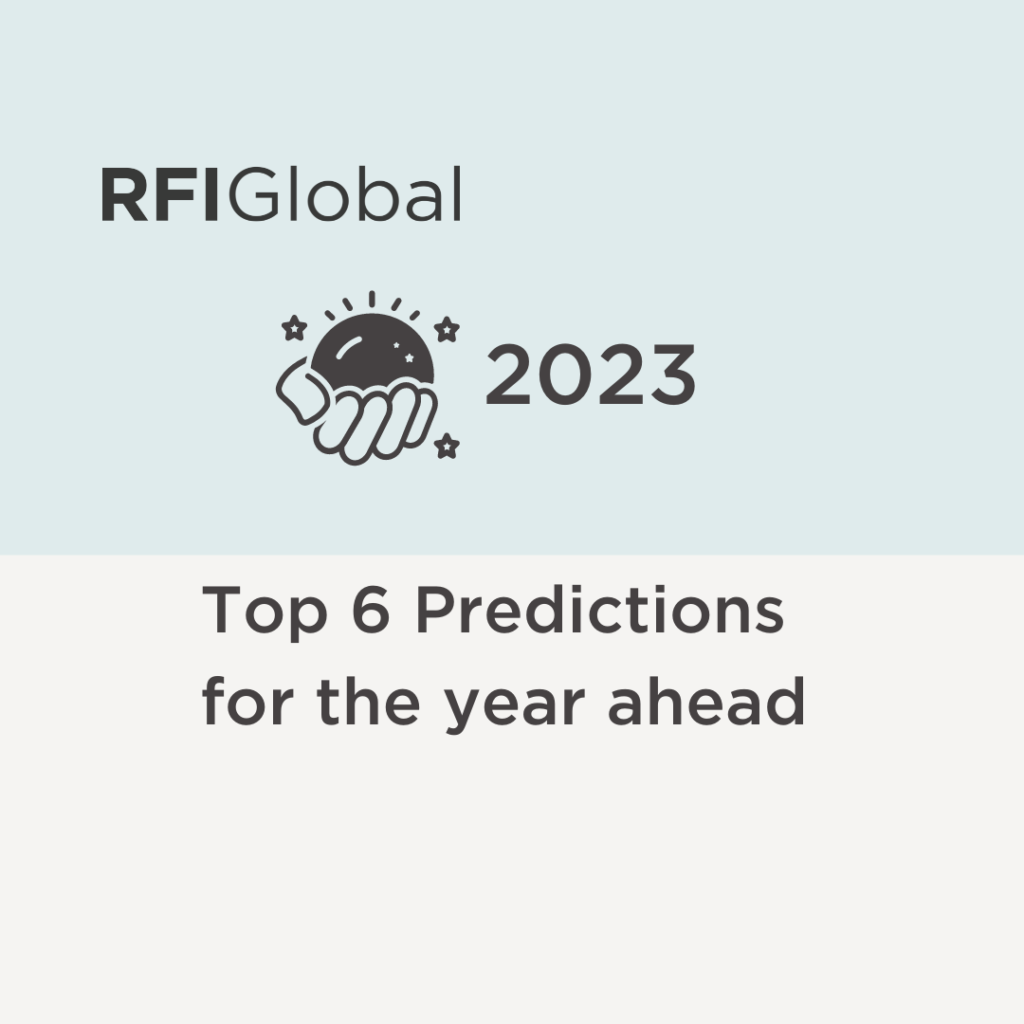
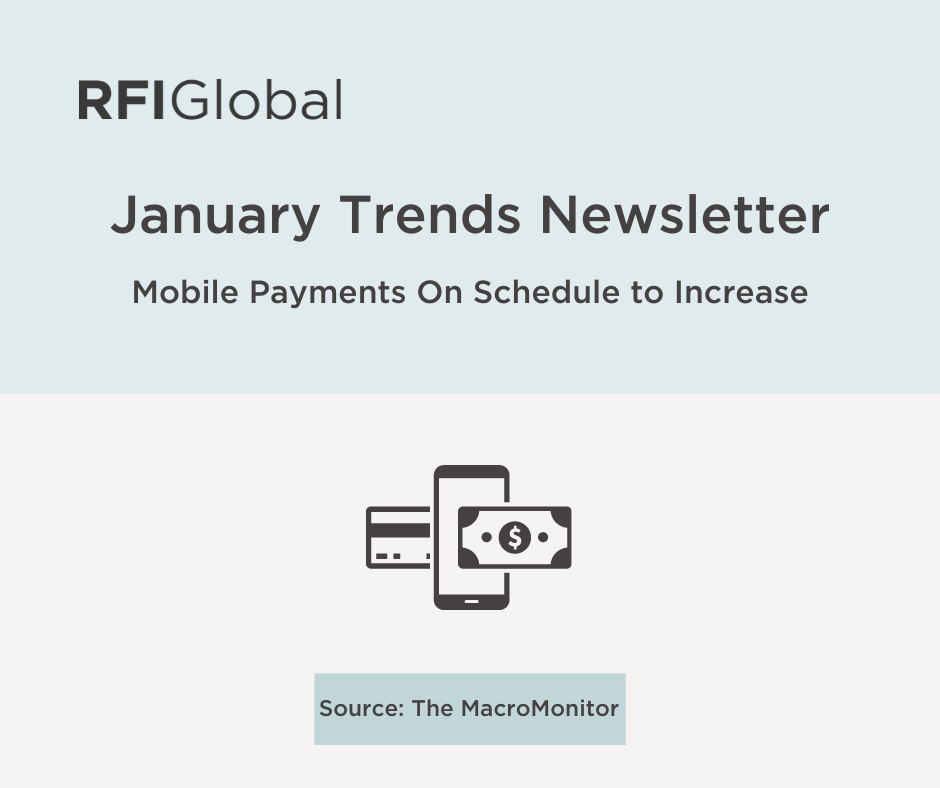
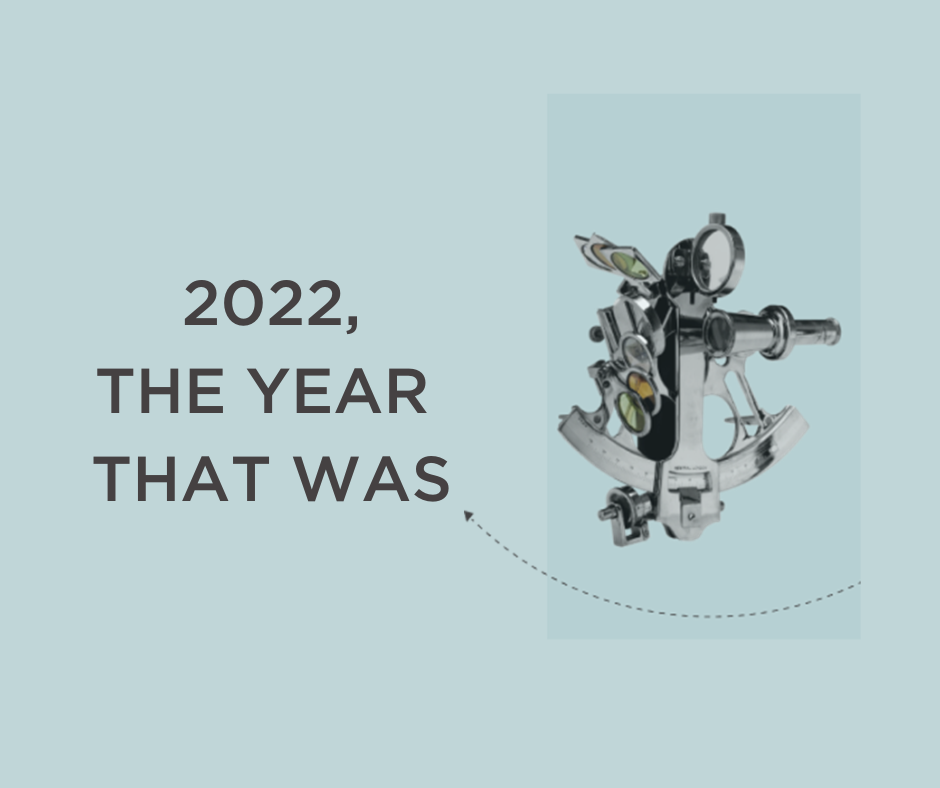

























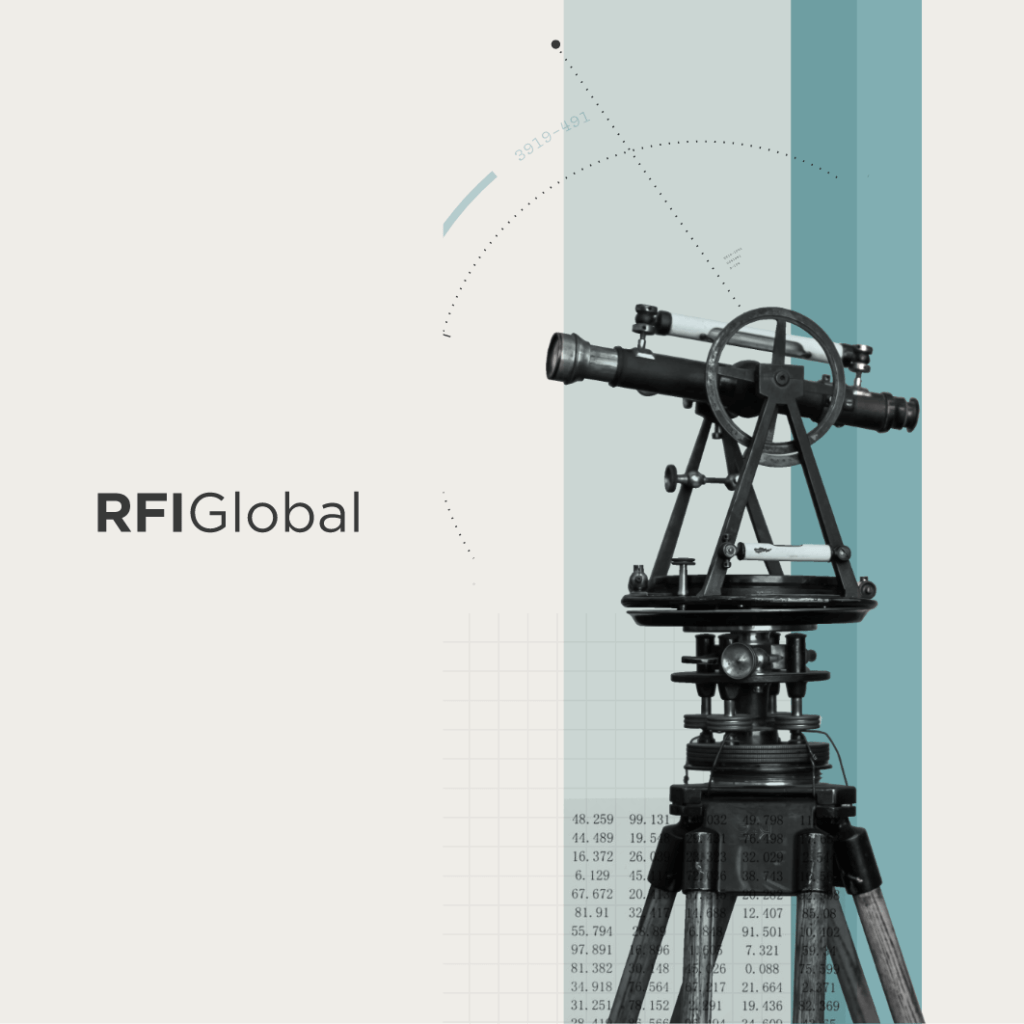


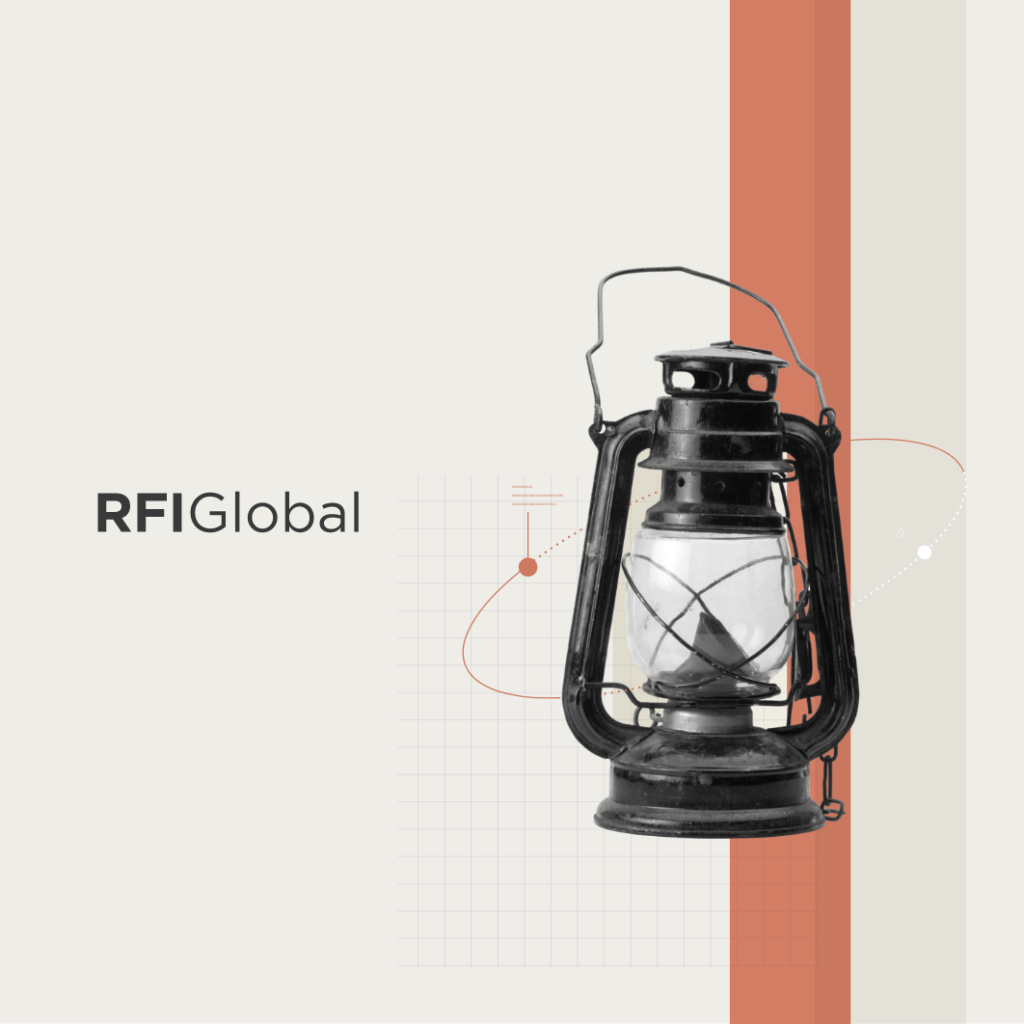
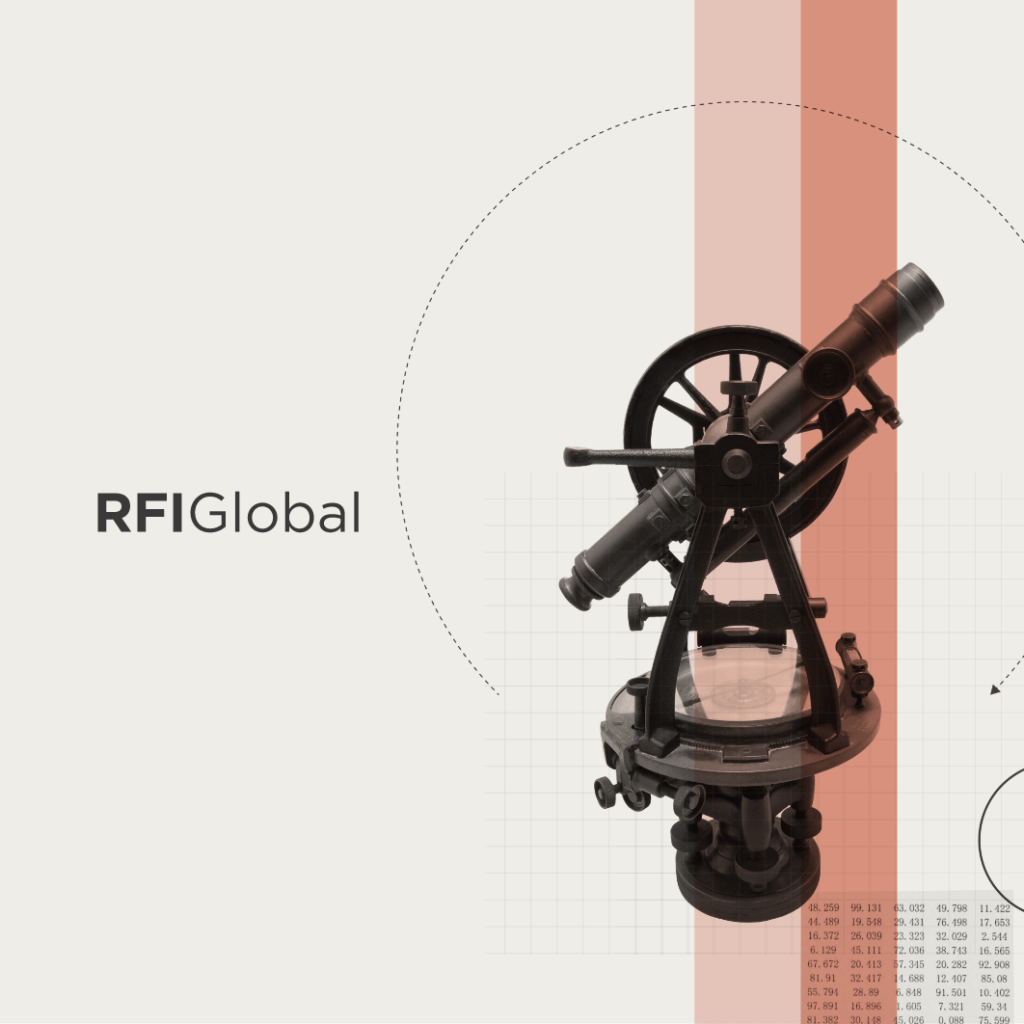
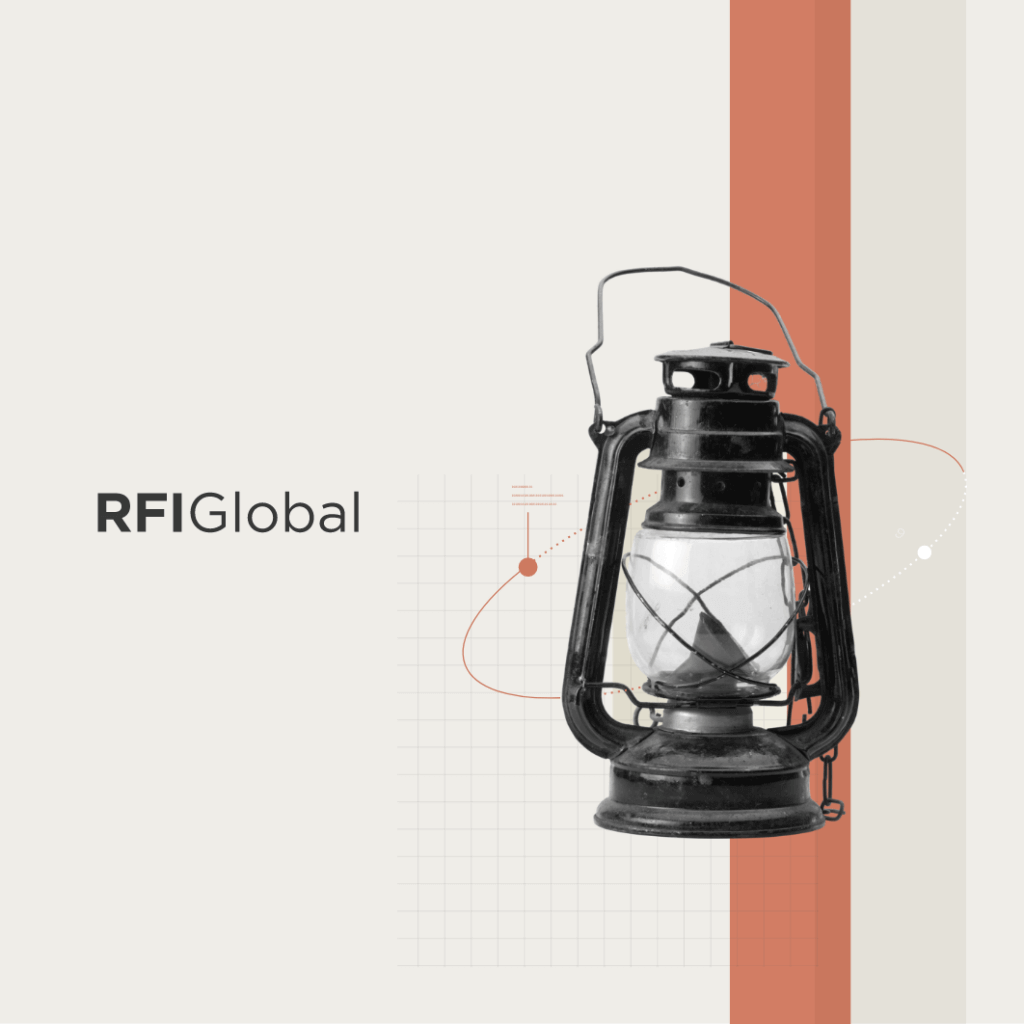
/NQA-ISO-27001-Logo-UKAS.jpg)